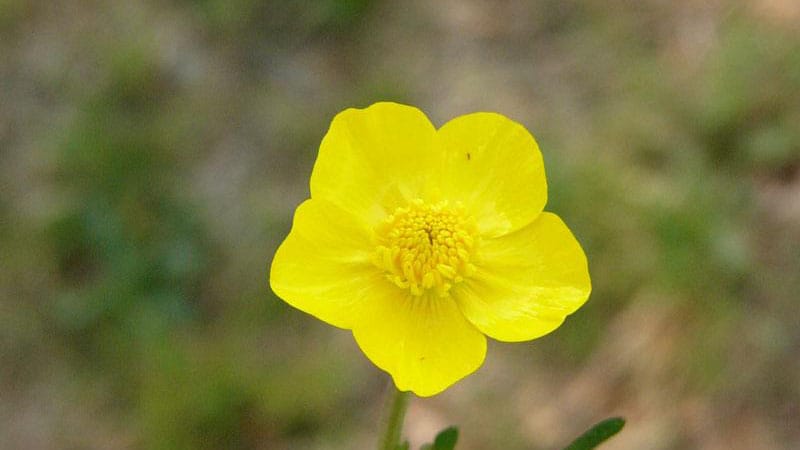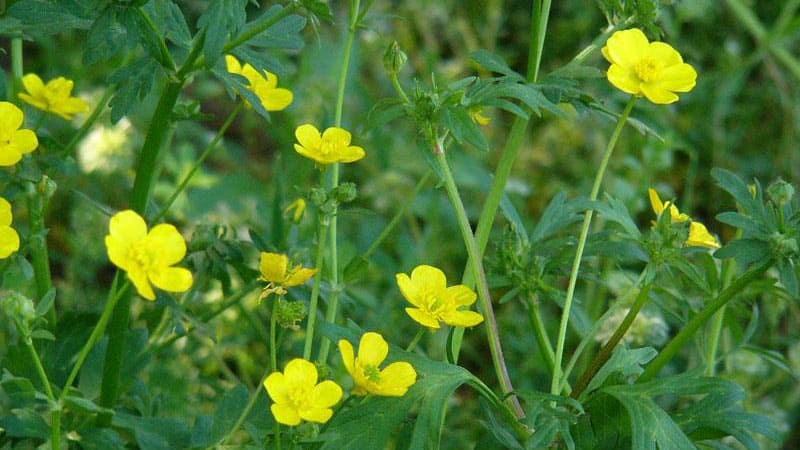Oh Buttercup!

Buttercups, a childhood favorite, are one of the most common wild flowers. Their abundant bright yellow flowers are hard to miss, inhabiting meadows, fields, roadsides, gardens and swamps. Below are a few fun facts you may or may not know about this much loved wild flower!
- There are nearly 2,000 different species of buttercup and they can grow from 14-16 inches in height!
- Some species of buttercup have red, orange or white flowers.
- A buttercup’s scientific name is “Ranunculus”. This translates from the Latin language as “little frog”. Buttercups are often found to grow near water like small frogs.
- All parts of the buttercup are poisonous to humans and cattle. Typically, cattle graze around buttercups, leaving it untouched.
- These bright flowers possess a pool of nectar on the bottom part of their petals. It is unique to the buttercup and cannot be found in any other yellow flowers. The nectar attracts many insects and helps with pollination.
- Buttercups are heliotropic, which means they follow the sun.
- Reflexive properties of buttercup flowers have been used in children’s game to determine fondness for butter. If yellow reflection appears on the skin after placing the buttercup under the chin, then the child likes butter!
- Native Americans used the roots of the buttercup plant in a poultice to treat boils, eczema, and other skin conditions. Buttercup essential oil is used in aromatherapy and is thought to restore your inner child and bring calmness, joy and sweetness into your life!

Do you have a special childhood memory of picking buttercups or a beautiful crop of these bright flowers growing in your backyard? We invite you to share them with us!
Sources:
https://www.softschools.com/facts/plants/buttercup_facts/935/
